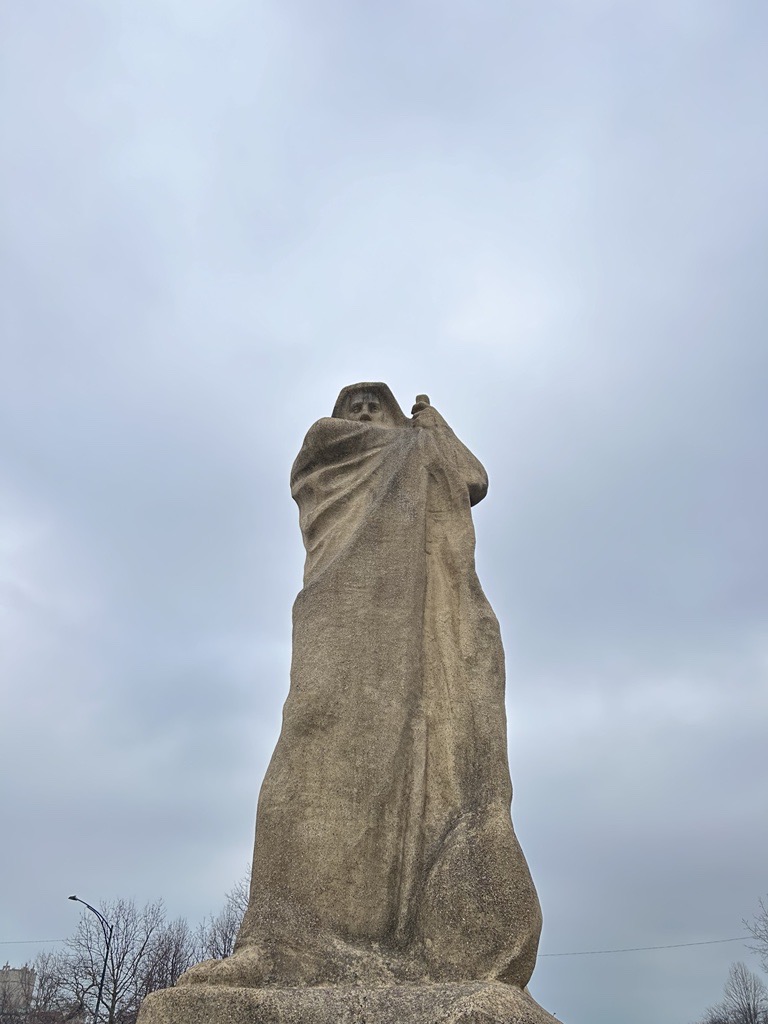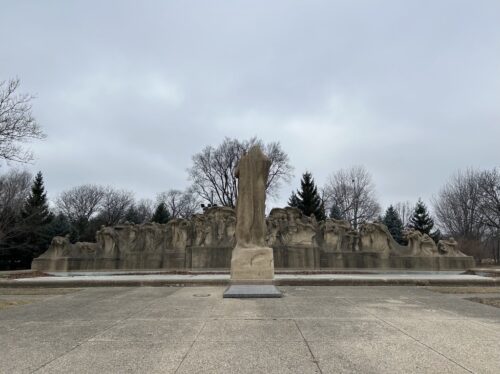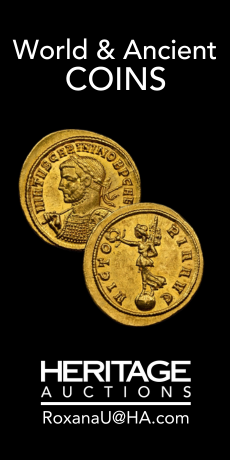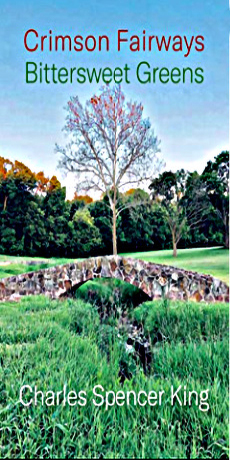By Emily Birks
It was a Tuesday in the fall of 2020 when I first fixed my eyes upon the Fountain of Time, or maybe it fixed its eyes upon me. Blindly, we had piled into the back of a trusty Jeep at three in the morning to the determined guidance of our driver, a friend of mine whose version of fun is dragging your friends to see a fountain 30 miles away. I couldn’t say at the time that I had ever even heard of this fountain, much less Lorado Taft or the area in which it stands, but I was curious nonetheless.
We came barreling into the streets of Hyde Park with a mixture of weariness and excitement. My friend directed us in long strides through the shadows toward what I came to realize was the back wall of the fountain. Aside from the fluorescent spotlights and general metropolitan illumination, the figures were cast in darkness – I had a difficult time knowing what I was looking at, which was heightened by an aspect of surprise, as our friend had given zero context on the drive over. At the base of the massive sculpture was a rectangular reservoir facing a tall, looming figure. Everything swirled together in the twilight; the edges of the stone and the blackness of the sky whispering to each other like old friends.

After encircling the fountain numerous times, gazing into the granular void and standing in the dry reservoir, we decided to trudge down the Midway Plaisance. We threw arms over each other’s shoulders and took on the soppy grass with pride, bellowing some silly song that became drowned out by the sounds of sirens and the lack of sleep. Eventually, we climbed back into the Jeep and flopped down like bags of sand. Our hysteria and desire to crawl into our beds may have temporarily erased the novel magic of the fountain.
The 110 foot work of art was finished in 1922 by Lorado Taft, a renowned civic sculptor, lecturer, and instructor at the turn of the century. His work was displayed for the 1893 World’s Columbian Exposition, and can be found in spots around Chicago, D.C., and various other locations. Taft was inspired to sculpt the Fountain of Time by key lines in Austin Dobson’s poem, “The Paradox of Time”, where he writes: “Time goes, you say? Ah no, Alas, time stays, we go”. This paradox presents the movement of the humans as flowing past Father Time while he stands still.

A few years later I would find myself unknowingly reunited with the figures – I blamed the muddy twilight and fatigue as reasons for my confusion and dislocation the first time, rather than admitting my unawareness of the South Side neighborhoods. It was in the spring of 2023 that I happened to be living only a few blocks south of the fountain, and would often walk past it on the Midway when meandering around with an artist friend of mine. He liked searching through Washington Park for sculptural materials and we often found ourselves strolling in the direction of the Plein Air Café afterwards for a cup of coffee where all the UChicago students hung out.
Like other forgotten historical monuments or works of art, the fountain had settled itself into the background of the community; the students of Hyde Park and the neighbors of Woodlawn would walk past it like it wasn’t even there. Sometimes I would make an effort to stop and stare at it for a while, because it felt like somebody needed to give it its due acknowledgment.

In the dead of winter this year I returned to the west end of the Midway, and came upon a cluster of evergreen trees which hid the fountain from view. Sliding through mush and geese poop, I crossed the street and was nearly taken out by a swerving minivan; it seems some people are still not expecting anyone to approach the dry font.
I was struck by the way in which time moved towards the south from right to left, which seemed backwards and unnatural. There is a sway from clarity to immersion and back again, as hopeful determination fades into jealousy and suffering. The fountain is full of varying characters, larger than life: infants in the arms of hopeful mothers, lovers sharing a passionate embrace, families, hooded nuns, soldiers on horseback equipped for battle, musicians, birds, and faceless forms. You can even find Taft himself hidden in the back if you look close enough.
On the plaque beyond Father Time, Taft references Dobson’s poem stating, “the words brought before me, a picture I saw, the mighty cragg-like figure of time leaning upon his staff, his chin upon his hand and watching the endless march of humanity”. His vision has brought the poetry to life in an overwhelming cacophony of laughter, battle cries, and agony, this directive push through emotional change. The eerie quiet of the Midway on a damp, gray afternoon only amplifies these raw emotions. I stayed a while and watched the dead leaves roll across the reservoir before heading back

Though it may be stained, and the cracks may be filled with moss, the fountain is still worth visiting. It beckons you to walk around it in circles, to get lost in the soft curvature of the bodies and wonder where one stops and the other begins. Stand in front of the lone figure and consider the ways in which time has stayed and we continue to march on without it.







